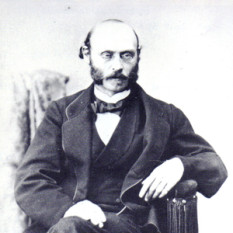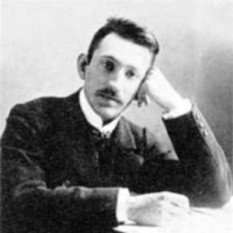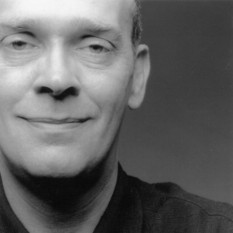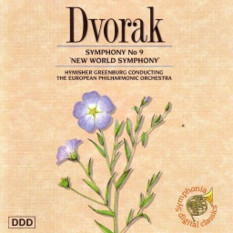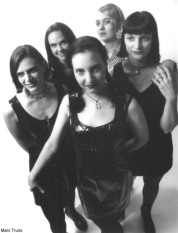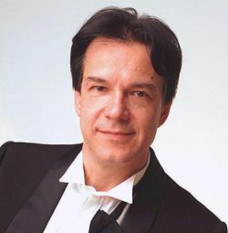Ballet as a musical form is a musical composition intended for ballet performance. The same music can be used for several different ballet choreographies.
Until about the second half of the 19th century the role of music in ballet was secondary, with main emphasis being on dance, with music being a compilation of danceable tunes. Writing "ballet music" used to be a job for musical craftsmen, rather than for masters. For example, critics of Tchaikovsky mentioned his writing of ballet music as something demeaning.
From the earliest ballets up to the time of Lully (1632–1687), the music of ballet was indistinguishable from ballroom dance music. Lully created a style that was separate, wherein the music told a story. The first "Ballet d'action" was staged in 1717. This was a story told without any words. The pioneer was John Weaver (1673–1760). Both Lully and Rameau wrote "opera-ballets", where the story was party danced and partly sung, but ballet music became gradually less important. The next big step occurred in the early years of the nineteenth century, when principal dancers changed from using hard shoes to ballet pumps. This enabled a more free-flowing style of music to be used. In 1832 Marie Taglioni (1804–1884) is credited with being the first famous dancer to dance "en pointe". This was in La Sylphide. It was now possible to have music which was more expressive. Gradually dancing became more daring, with men lifting the ballerinas into the air.
Until the time of Tchaikovsky the composer of ballets was considered to be separate from the composer of symphonies. In many cases ballets were still short scenes within operas, to enable scenery to change, or singers to change costume. Perhaps the best-known example of ballet music which is part of an opera is "Dance of the Hours" from Ponchielli's opera "Gioconda" (1876). There was a violent change in mood when Stravinsky's ballet "The Rite of Spring" (1913) was performed. The music was expressionistic and dischordant, and the movements were highly stylised. In 1924 Antheil wrote "Ballet Mechanique". This was actually for a film of moving objects, not for dancers, but it was pioneering in the use of jazz music. From this point ballet music split into two directions—modernism and jazz-dance.
Jazz-dance is best represented by the choreographer Jerome Robbins who worked with Leonard Bernstein on "West Side Story" (1957). In some respects this is a return to "opera-ballet", since the story is mostly told in words. Modernism is best represented by Prokofiev's "Romeo and Juliet". Here the story is pure ballet, and there is no influence from jazz, or any kind of popular music. Another strand in the history of ballet music, is the trend towards creative adaptions of old music. Respighi took works by Rossini (1792–1868) and strung them together into a ballet called "La Boutique Fantasque", premiered in 1919. The audience for ballet generally prefers romantic music, so new ballets are confected by a marriage of old works with new choreography. A famous example is "The Dream"—music by Mendelssohn, adapted by Lanchberry. .

